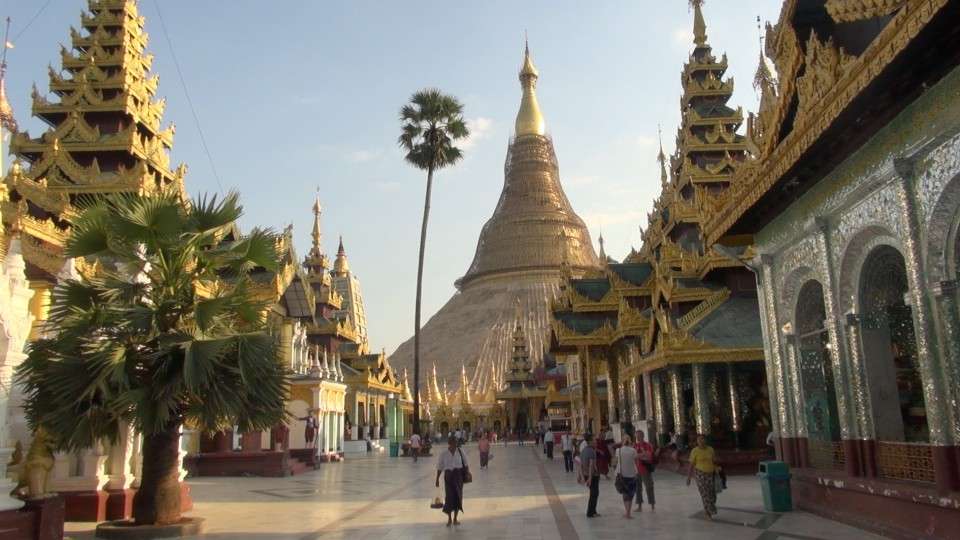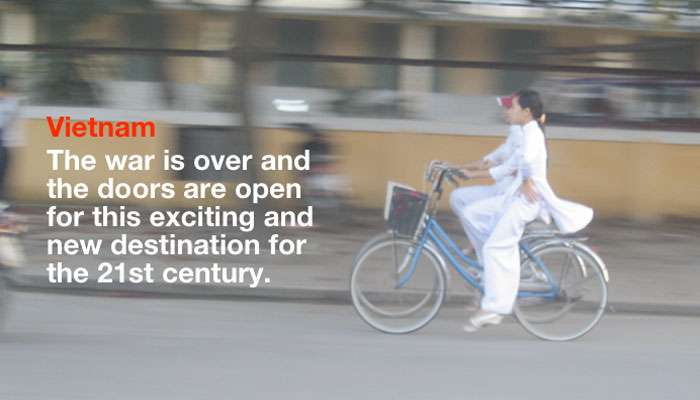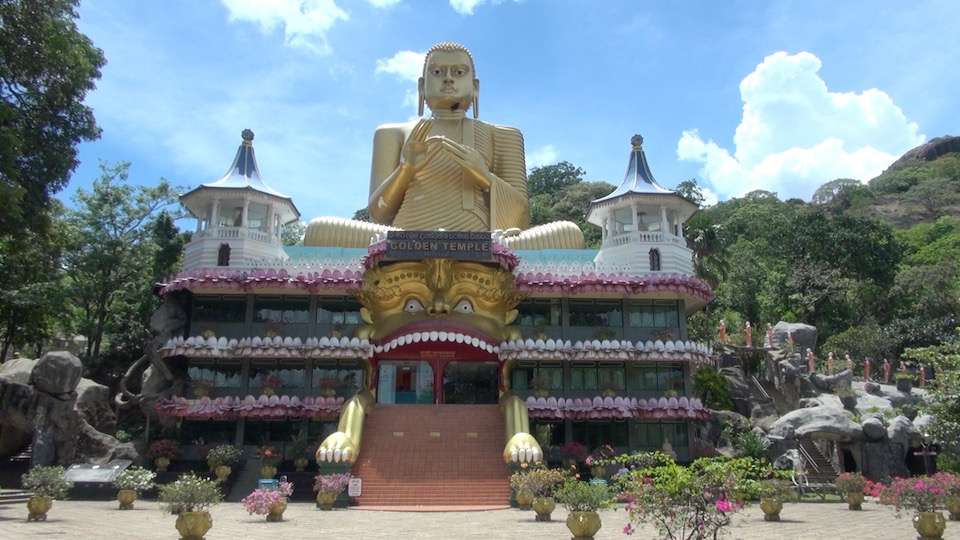Yangon – Myanmar
Yangon, formerly Rangoon, was the capital of Myanmar until it was superseded by Naypyidaw in November 2005. Today, with a population of over 5 million people, it remains the largest city and main economic hub of Myanmar.
Although Yangon’s infrastructure is undeveloped compared to those of other major cities in Southeast Asia, it has the largest number of colonial buildings in the region today.
The city is an amalgamation of British, Burmese, Chinese and Indian influences, and is known for its colonial architecture, which although decaying and beyond appreciation, remains an almost unique example of a 19th-century British colonial capital. However, Yangon continues to be a city of the past, as seen by its longyi-wearing, betel nut chewing and spitting pedestrians, their friendly or even familial attitude towards strangers, its street vendors and its pungent smells.
Yangon‘s former name is not the only victim of symbolic changes in this country. For one, the country’s name has been changed. To add up to this identity crisis going on in this country, this city has been stripped of its capital status, the capital relocated to a secluded new site called Naypyidaw built from scratch. The flag to has been changed, recently redesigned in 2010, replacing the old one which replaced another one slightly more than a decade earlier.
Maybe because Myanmar had traumatic encounters with foreigners as far back as the Mongol invasion when it sacked the city of Bagan, the treacherous colonization by the British and invasion by the Japanese as well as the brutal cruelties inflicted by them – it developed its idiosyncrasy and to the point isolationist behaviour towards foreigners, but it is not as totally xenophobic as North Korea. As Buddhists, Myanmar people are kind and welcoming to any stranger as any guest. As long as that guest-stranger does not impose something on his lifestyle, it’s OK. Somehow, they don’t want to fully and sweepingly adapt to any foreign idea. That said, the history of Myanmar has its own empires, including the complete destruction of Ayuthaya which crushed the Siamese and from which they did not recover for a hundred years.
Their bit of contempt was manifested in condoning the government to practice impositions on foreigners such as a tight grip on the internet as well as the hotel TV – indispensable gadgets by tourists to the outside world in their everyday lives here and in their hometown; requiring foreigners to register and log their particulars every step of the way from every hotel down to the museum they’ve been, and in every mode of transport they use. Not to mention that any local who billeted a foreigner in his house overnight was long perceived by the community as an indiscretion and subject to imprisonment.
Attitudes are changing rapidly, however, as a result of the government’s increasing openness to foreign trade and movements towards democracy. As of November 2013, the situation is significantly changed with far less regulation over foreign tourists and exponential growth in technology like smartphones and tablets, Internet access and international television. Visitors in February 2014 have noticed no restrictions on internet and no need to log trip details.
Yangon is the most exotic of all Southeast Asian cities. A walk down a typical street, the sights show noticeable commercial and traffic signs written mostly in the local alphabet, not to mention the appearance of wandering monks in burgundy robes and the gilded pagodas as this is expected in this Buddhist country, and down to the locals keeping up their appearances. Here, everyone seemed to be comfortable with walking barefoot – indoors or outdoors; with faces applied with sun protection cream from the extracts of a tree branch called Thanaka; smiles reddened by bloody red juice from chewing betel nut; as well as being used to images of men wearing a sarong-like garment, the longyi.
The Longyi – in Myanmar men wear either trousers or a Longyi, a tubular piece of cloth similar to a sarong.
History
Yangon or Rangoon?
Aung San Suu Kyi and the NLD promote the use of Rangoon instead of Yangon, as a sign of support for the democracy movement. Many Western governments keep using Rangoon as a sign of their rejection of the legitimacy of the current government.
According to local legend, the Shwedagon Pagoda was built during the time of the Buddha and the area around the pagoda, modern Yangon has been settled since then. Whatever the truth of the legend, it is certain that a Mon village named Dagon has existed at the site since the 6th century AD. It was renamed Yangon (the ‘end of strife’) by the Shwebo based King Alaungpaya when he captured it from rebel Mon leaders in 1755 after which its importance as a port city began to grow.
However, the city gained in importance only after the British occupied it during the Second Burmese War in 1852, after which it became the capital of British Burma and the trading and commercial centre of Burma. The British called the city Rangoon, which was an Anglicised form of “Yangon”. The city grew rapidly during the colonial period, which left a legacy of solid 19th-century colonial architecture.
Burma attained independence in 1948, but its true ‘modern’ period begins with the 1962 military coup and the institution of an isolationist Socialist regime in 1964, resulting in the steady decay of the city and its infrastructure.
In 1988, Yangon was the site of peaceful pro-democracy protests, in which thousands, including monks and students, were gunned down. In 1989, the city was renamed to its original Burmese name, Yangon, by the military junta. In 2006, the capital was moved to Naypyidaw but today Yangon remains the business, cultural and intellectual capital of modern Burma. In 2007, Yangon again became the centre for demonstrations against the military government.
People
Since the 17th century, Yangon has been a cosmopolitan city with a polyglot mixture of peoples. Portuguese businessmen, Dutch fortune hunters, Englishmen of all sorts, Chinese seeking refuge from the upheavals in the Yunnan, and many, many Indians who arrived in several waves during colonial times.
Most of these people are now gone and Yangon is now a predominantly Bamar city with a large Indian minority and a growing Chinese minority. Still, there are traces of the old Yangon still visible, whether it is in the crowded Indian dominated parts of Anawratha Street, or in the occasional Anglo-Burmese or Anglo-Indian who walks up and says hello.
In some ways, the biggest change in modern Yangon is the loss of the Indians, who arrived with the British as soldiers and labourers (though Indian traders have always been a part of the Burmese landscape) and then left in two large waves of migration (during the Japanese occupation and again, in 1963, when they were forced to leave by Ne Win’s government). Ethnic groups such as the Shan and Karen are also present. Kabya, or persons of mixed heritage, are common in Yangon.






